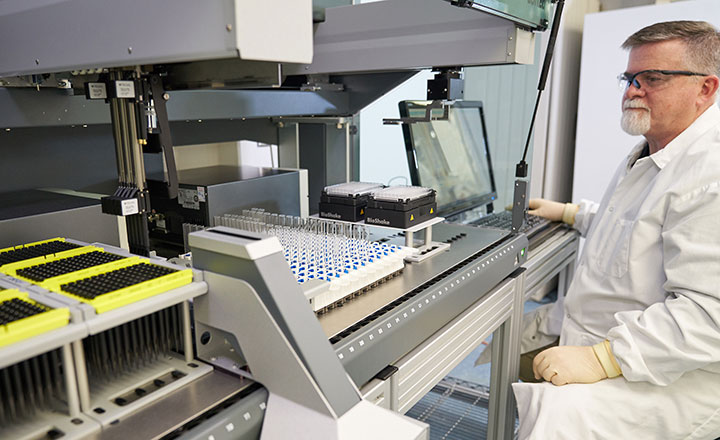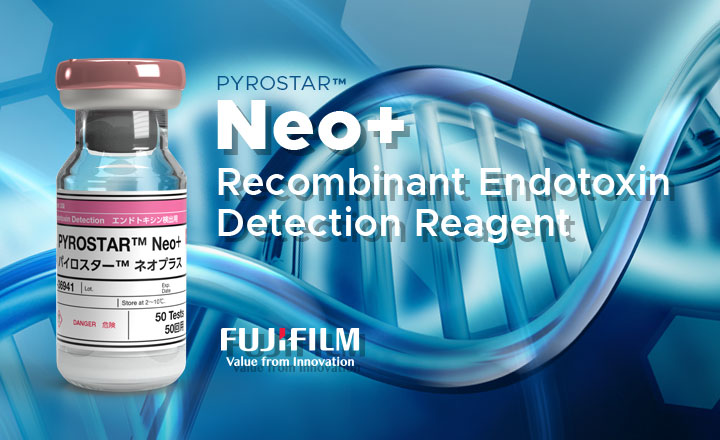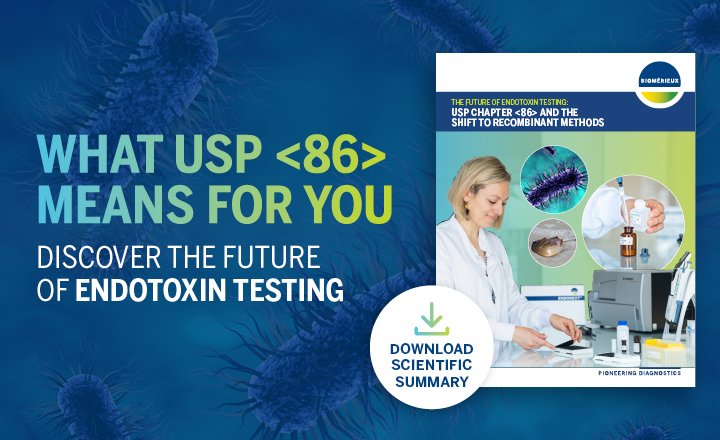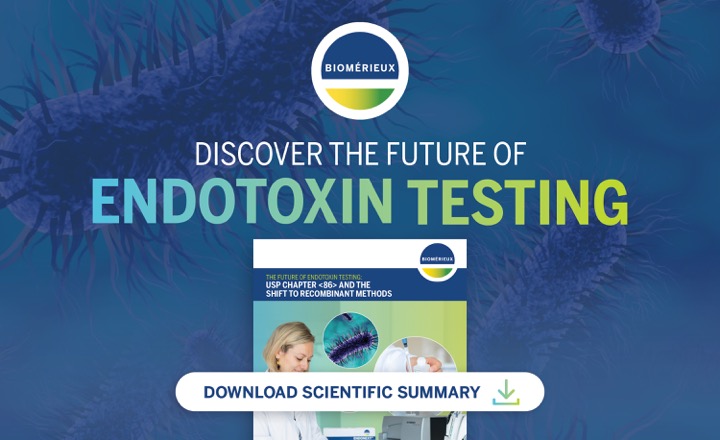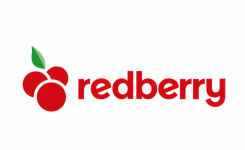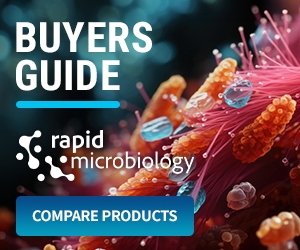Article by Allen L. Burgenson, Global Subject Matter Expert, Lonza Pharma&Biotech – Testing Solutions
2019 has been an exciting year in acceptance of the recombinant Factor C Assay. The world’s leading Pharmacopeia announced plans in late 2018 and early 2019 to develop chapters on endotoxin detection using recombinant Factor C (rFC), as either stand-alone chapters, or inclusion in the current Bacterial Endotoxins Test (BET), making it a compendial assay.
The first was the European Pharmacopeia who released a draft of a stand-alone chapter 2.6.32 Test For Bacterial Endotoxins Using Recombinant Factor C for comment in November 2018. The process given in this chapter is essentially the same as for the BET. The endotoxin limits, preparatory testing, sample processing, dilutions, test for interfering factors, establishing the Maximum Valid Dilution (MVD), and conclusions are the same as the BET chapter. The only difference is how the standard curve is generated.
In the current LAL photometric methods, the standard curve is the response in optical density and time to cross that threshold. This results in a standard curve with a negative slope. In the rFC assay, the standard curve is established as a function of fluorescence and endotoxin content. This results in a standard curve with a positive slope.
The end-point fluorescent test is based on the quantitative relationship between the endotoxin concentration and the fluorescence of the reagent mixture at the end of the incubation period, expressed as ΔRFU:
ΔRFU = RFUt end pt. – RFU t0
RFUt end-point = fluorescence of the reagent mixture at the end of the incubation period;
RFUt0 = fluorescence of the reagent mixture at the start of the incubation period
The amount of fluorescence generated is proportional to the amount of endotoxin in a sample. Interpolating the sample RFU into the standard curve yields the endotoxin content of the sample.
Comments were due to the European Directorate for the Quality of Medicines (EDQM, the publisher of the EP) by 31 March 2019. The EDQM is in the process of finalizing the chapter, and announced that the new chapter 2.6.32 will be published and official on 01 July 2020 in EP supplement 10.3, and is not expected to be significantly different from the draft chapter. The EP working group is establishing an international ring trial to assess performance of rFC in representative pharmaceutical products.
The Chinese Pharmacopeia (CF) followed with Guiding Principles for the Bacterial Endotoxin Test, but instead of a stand-alone chapter, the CF chose to add an addendum specifically for the rFC assay to the pre-existing BET chapter. Again, the process for performing the test is nearly identical to the photometric BET assays listed in that compendia. The Japanese Pharmacopeia (JP) published a draft of the proposed 4.01 BET on 03 October 2019. Their updated chapter adds text to the previous BET chapter that include rFC, but does not change the remainder of this chapter. The end-user should feel comfortable in performing the assay due to the lack of significant change in the chapter.
The United States Pharmacopeia (USP), via their official journal, Pharmacopeial Forum (PF), announced plans to develop a draft chapter <85> Bacterial Endotoxins Test, which includes the addition of recombinant Factor C assays. There are no significant changes to the text of the BET assay, other than changes to include rFC and the word “reagent” instead of “lysate.” The comment period for this proposed draft closed on 30 November 2019. USP is now reviewing the comments, and will edit the chapter as necessary. USP is also requesting end-user data to assist them in their deliberations. All data should be sent to Radhakrishna Tirumalai at USP (rst@usp.org).
Lonza’s previous validation efforts included testing ten representative products with both a compendial chromogenic assay and PyroGene™ rFC. The results demonstrated that the PyroGene™ rFC assay performed as well as the current compendial assay in those representative products. The full article was published in the Pharmacopeial Forum Volume 36 (1) [Jan-Feb 2010), and may be obtained from USP free of charge.
In addition, the Biotechnology Innovation Organization (BIO) set up a team of rFC manufacturers, industry representatives, FDA personnel, consultants, and USP personnel to determine the applicability of the rFC assay in pharmaceutical product testing.
The Parenteral Drug Association (PDA) developed a Task Force comprised of industry and regulatory personnel to gain an understanding of the state of the rFC assay, and a report should be forthcoming.
About the author:
 Allen L. Burgenson, Global Subject Matter Expert, Testing Solutions, Lonza Walkersville, USA
Allen L. Burgenson, Global Subject Matter Expert, Testing Solutions, Lonza Walkersville, USA
Allen L. Burgenson has over 35 years of experience in industries regulated by the FDA, including Foods, Drugs, Biologics, Medical Devices, and Cosmetics. He has worked in R&D, QC, QA, Regulatory Affairs, and now Marketing as a SME for endotoxin detection. Allen is involved in several scientific organizations including, the Chair of the Horseshoe Crab Advisory Panel for the Atlantic States Marine Fisheries Commission (ASMFC) and as the immediate Past-President of the Capital Area Chapter of the Parenteral Drug Association (PDA). He is a co-author for three PDA Technical Reports including, TR-50 and 51 regarding Mycoplasma detection and filtration, and TR-82 regarding Low Endotoxin Recovery (LER). Allen also contributed to USP Informational Chapter <1228.5> on Endotoxin Indicators.


